The Great Dane German Shepherd Mix: An Overview of a Unique Crossbreed
The Great Dane German Shepherd mix, also known as the German Shepherd Great Dane mix or Shepherdane, is a large designer dog that blends two of the most popular breeds. This crossbreed combines the intelligence and trainability of the German Shepherd with the gentle, affectionate nature of the Great Dane. While a relatively new mixed breed, the Great Dane German Shepherd mix has quickly grown in popularity.
However, this is a very large and powerful dog with high exercise needs and special care requirements. These hybrids make devoted family companions but require dedicated, experienced owners. Read on to learn more about the history, temperament, appearance, health issues, exercise requirements, training tips, and suitability of the Great Dane German Shepherd hybrid dog.
Breed History
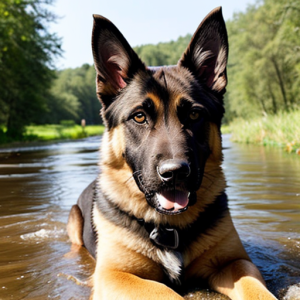 As a newer intentionally bred hybrid dog, the Great Dane German Shepherd mix does not have a long documented history. Most designer dogs, especially first generation crosses, originated within the past 10-20 years.
As a newer intentionally bred hybrid dog, the Great Dane German Shepherd mix does not have a long documented history. Most designer dogs, especially first generation crosses, originated within the past 10-20 years.
The Great Dane descends from old English Mastiff-type dogs bred for hunting boar, bear and deer in Germany. Their name references Denmark, one of the early origins of the breed. German Shepherds were first bred specifically for herding abilities in Germany in 1899. They quickly became popular as working dogs used by the military and police.
While the exact origins are undocumented, this giant crossbreed was likely first intentionally developed in North America or Europe to combine positive attributes from both parent breeds. They have grown in popularity along with other large designer dogs like Great Danes crossed with Labradors or Boxers.
Appearance and Size
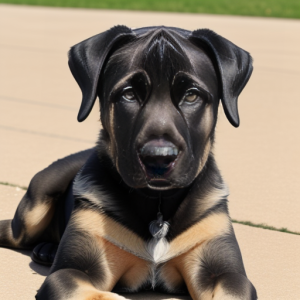 Since the Great Dane German Shepherd mix is a newer crossbreed, their appearance can vary quite a bit even within the same litter. In general, these hybrids are quite large, ranging from about 28-34 inches tall at the shoulder and often weighing 90 to 180 pounds.
Since the Great Dane German Shepherd mix is a newer crossbreed, their appearance can vary quite a bit even within the same litter. In general, these hybrids are quite large, ranging from about 28-34 inches tall at the shoulder and often weighing 90 to 180 pounds.
Most have a strong, muscular and athletic build. They tend to have a combination of a German Shepherd’s pointed ears and long muzzle along with some features of a Great Dane like their soulful eyes. Common coat colors include black, gray, fawn, brown, blue, as well as brindle and merle patterns from the Great Dane.
Temperament and Personality Traits
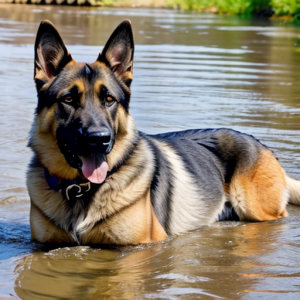 Intelligent, energetic and affectionate, the Shepherdane combines some of the best traits of the German Shepherd and Great Dane. They are intensely loyal to their families and highly trainable when properly motivated. With good socialization and handling from an early age, these hybrids generally have calm, gentle dispositions ideal for a family pet.
Intelligent, energetic and affectionate, the Shepherdane combines some of the best traits of the German Shepherd and Great Dane. They are intensely loyal to their families and highly trainable when properly motivated. With good socialization and handling from an early age, these hybrids generally have calm, gentle dispositions ideal for a family pet.
Some caution should be taken, as German Shepherd hybrids can often be more reactive or protective than purebred Labs or Retrievers. Ongoing obedience training and firm leadership is a must. If not provided with enough physical and mental exercise, these energetic dogs may become bored and destructive. But with the right owner, they make wonderful companions.
Exercise and Activity Level
Plan to provide at least 60-90 minutes of vigorous daily exercise for a Great Dane German Shepherd mix. These high-energy dogs need regular opportunities both to run and play. Long walks, hiking, running beside a bike, swimming and retrieving games are great activities for this crossbreed.
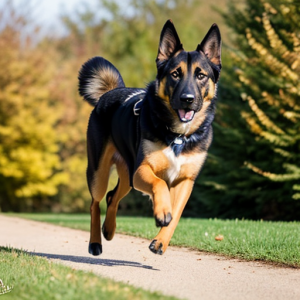 As both parent breeds are working dogs bred for their strength and endurance, this is not a dog suited for small living spaces. They should have access to a securely fenced yard. Keep in mind that younger and more active Great Dane German Shepherd mixes may require even more exercise and intensive activities to stay happy and stimulated.
As both parent breeds are working dogs bred for their strength and endurance, this is not a dog suited for small living spaces. They should have access to a securely fenced yard. Keep in mind that younger and more active Great Dane German Shepherd mixes may require even more exercise and intensive activities to stay happy and stimulated.
Without adequate outlets for their energy, these hybrids are prone to developing behavioral issues like destruction of property, excessive barking and aggression. An under stimulated dog can easily become an unmanageable dog. Providing mental stimulation through obedience or agility training is also important.
Training Tips
Thanks to the intelligence and working drive of both the German Shepherd and Great Dane, these hybrids typically respond very well to training. They aim to please their owners. Starting obedience training early and continuing it throughout life is highly recommended for these powerful pups.
Use positive reinforcement methods, rewarding desired behaviors with treats and praise. Avoid any harsh scolding or punitive techniques. Given their large size, it’s vital to teach Great Dane German Shepherd puppies not to jump up on people from an early age as well.
While naturally protective, socialization to prevent sharpness or aggression towards strangers and other animals is essential. Expose your Great Dane Shepherd pup to a wide variety of people and situations early on to set them up for success as an adult.
Grooming and Care
The Great Dane German Shepherd mix sheds year-round, more heavily during seasonal changes. Plan to brush them 2-3 times per week to control loose hair. Bathing only when necessary helps maintain coat oils. Check and clean ears regularly to avoid infections.
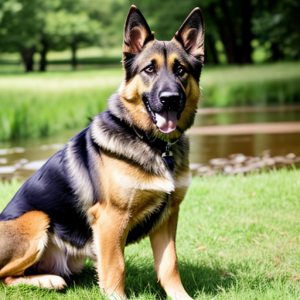 Use a nail clipper or grinder to trim nails as needed. Get pups accustomed to being handled, brushed and having their nails and feet touched from a young age. Most will need professional grooming every 6-8 weeks for bathing and nail maintenance. Avoid over-bathing, as this can dry out skin and fur.
Use a nail clipper or grinder to trim nails as needed. Get pups accustomed to being handled, brushed and having their nails and feet touched from a young age. Most will need professional grooming every 6-8 weeks for bathing and nail maintenance. Avoid over-bathing, as this can dry out skin and fur.
It’s also important to properly care for their teeth. Brush teeth at least two to three times a week and provide chew toys and treats to prevent tartar buildup. As giant breeds, it’s critical to feed high-quality dog foods formulated for larger dogs and follow feeding guidelines carefully to prevent rapid growth.
Health and Lifespan
Crossbreed dogs can inherit a combination of health issues seen in one or both of their parent breeds. For the Great Dane German Shepherd mix, some concerns to be aware of include:
- Bloat or gastric torsion – life threatening stomach condition requiring emergency surgery. Avoid vigorous exercise before and after eating, and limit water intake when eating.
- Hip and elbow dysplasia – malformation of joints. Keep lean, follow exercise limits during growth.
- Dilated cardiomyopathy – weakening heart muscle. Use caution during anesthesia.
- Degenerative myelopathy – spinal cord nerve damage causing hind limb weakness and paralysis over time. No cure, only supportive care. More common in older dogs.
With proper care, exercise and vet checkups, a healthy Shepherdane can live 10-13 years on average. High-quality nutrition and maintaining a lean body condition supports joint, heart and immune health.
Is the Great Dane German Shepherd Mix Right for You?
Before seeking out any crossbreed puppy, make sure you thoroughly research the breed and can provide for their extensive needs. Both Great Danes and German Shepherds require dedicated owners able to give them appropriate exercise, training, socialization and veterinary care.
While good-natured family companions, Great Dane Shepherd mixes should be supervised around very young children due to their large size. Their high prey drive means they may not cohabit well with smaller household pets like cats either. They’re better suited for active, experienced dog owners able to properly handle their energy levels and strength.
For the right owner willing to put in the time and effort these giant hybrids need to thrive, the Great Dane German Shepherd mix can be a wonderfully loyal and loving canine companion. Be sure you’re prepared for this commitment before bringing one of these magnificent dogs into your home.
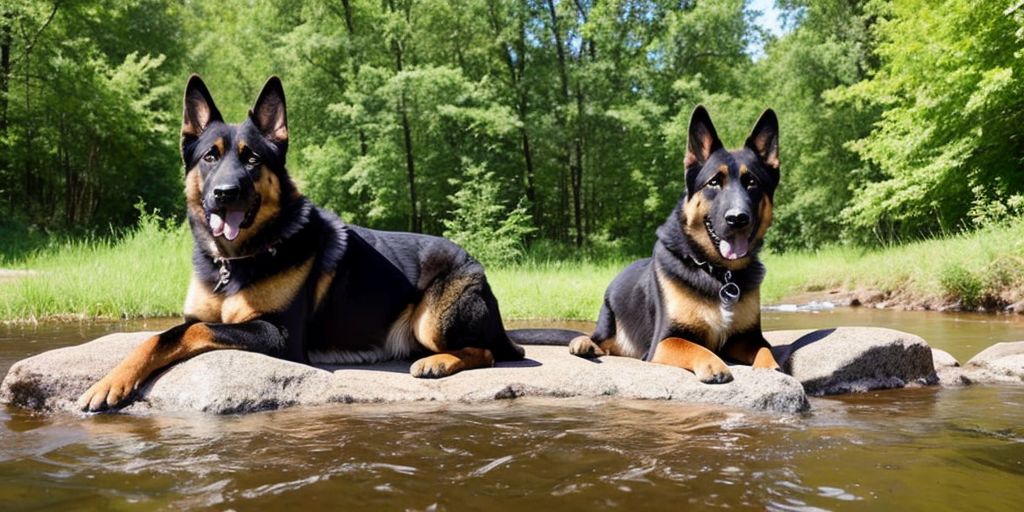
The Bernese Mountain Dog-German Shepherd Mix
The world of mixed breed dogs is vast and varied, offering a multitude of combinations that bring together the best of two worlds. Among these blends, the Bernese Mountain Dog-German Shepherd mix stands out as a particularly fascinating blend of two prominent European breeds. To truly appreciate this mix, it’s essential to delve deep into the roots of its parent breeds, the Bernese Mountain Dog and the German Shepherd.
History of the Parent Breeds
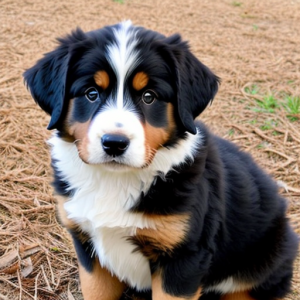 Bernese Mountain Dog: Originating from the Swiss Alps, the Bernese Mountain Dog, or “Berner” as they are often affectionately called, is one of the four Sennenhund-type dogs. These breeds were primarily developed to assist with farming tasks such as herding cattle, pulling carts, and acting as a watchdog. With a history that traces back over two millennia, depictions of dogs resembling the Berner can be found on Roman artifacts, suggesting that Roman invaders brought these dogs to Switzerland.
Bernese Mountain Dog: Originating from the Swiss Alps, the Bernese Mountain Dog, or “Berner” as they are often affectionately called, is one of the four Sennenhund-type dogs. These breeds were primarily developed to assist with farming tasks such as herding cattle, pulling carts, and acting as a watchdog. With a history that traces back over two millennia, depictions of dogs resembling the Berner can be found on Roman artifacts, suggesting that Roman invaders brought these dogs to Switzerland.
German Shepherd: Hailing from Germany, the German Shepherd’s history is comparatively recent, dating back to the late 19th century. Captain Max von Stephanitz is credited with the breed’s creation, aiming to develop a versatile herding and working dog. By selectively breeding the best sheepdogs from various regions of Germany, the result was the intelligent, loyal, and protective breed we know today. The German Shepherd quickly gained recognition and popularity worldwide, especially after World War I, where they were used for various military and police tasks.
Physical Characteristics
A Bernese Mountain Dog-German Shepherd mix typically inherits a blend of the physical traits from both parents. This means that their size can be quite substantial, often weighing between 70 to 110 pounds when fully grown. Their coat might vary from the dense, medium-length fur of the German Shepherd to the longer, silky coat of the Berner, coming in a mix of colors ranging from the black, rust, and white of the Bernese to the black and tan of the German Shepherd. Regular grooming is essential to keep their coat in top condition.
Temperament and Behavior
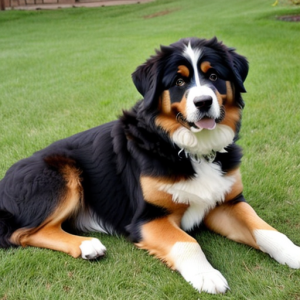 Both the Bernese Mountain Dog and the German Shepherd are known for their loyalty and dedication to their families. The mix tends to inherit this affectionate nature, often being particularly good with children and making an excellent family dog. With the protective instincts of the German Shepherd and the gentle demeanor of the Berner, this mix often strikes a balance between being a vigilant watchdog and a loving companion.
Both the Bernese Mountain Dog and the German Shepherd are known for their loyalty and dedication to their families. The mix tends to inherit this affectionate nature, often being particularly good with children and making an excellent family dog. With the protective instincts of the German Shepherd and the gentle demeanor of the Berner, this mix often strikes a balance between being a vigilant watchdog and a loving companion.
However, because both parent breeds are working dogs, they are active and require regular exercise to prevent them from becoming bored or destructive. Early socialization and training are also crucial, given the size and strength of this mix.
What Makes This German Shepherd Mix So Great?
 The Bernese Mountain Dog-German Shepherd mix is a testament to the versatility and allure of mixed breed dogs. By bringing together the rich history of the Bernese Mountain Dog from the Swiss Alps and the esteemed lineage of the German Shepherd, this mix offers a unique blend of traits desirable to many dog enthusiasts. Whether you’re looking for a loyal family companion or a vigilant watchdog, this mix might just be the perfect fit. However, potential owners should be prepared for the responsibility of grooming, training, and exercising such a robust and dynamic breed.
The Bernese Mountain Dog-German Shepherd mix is a testament to the versatility and allure of mixed breed dogs. By bringing together the rich history of the Bernese Mountain Dog from the Swiss Alps and the esteemed lineage of the German Shepherd, this mix offers a unique blend of traits desirable to many dog enthusiasts. Whether you’re looking for a loyal family companion or a vigilant watchdog, this mix might just be the perfect fit. However, potential owners should be prepared for the responsibility of grooming, training, and exercising such a robust and dynamic breed.
Why Does My German Shepherd Stare at Me?
German Shepherds are intelligent and loyal dogs that have captivated the hearts of dog lovers around the world. Known for their versatility as working dogs, these majestic creatures often display unique behaviors that can leave their owners pondering their meaning. One such behavior is the intense gaze that German Shepherds direct towards their owners. In this article, we will delve into the reasons why German Shepherds have a tendency to stare at their human companions, exploring both their instinctual traits and the emotional bond they share.
Breed Characteristics and Instincts
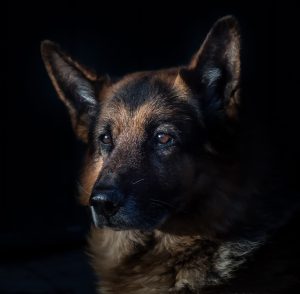 German Shepherds have a rich history as herding and working dogs. Bred for their intelligence, loyalty, and ability to focus on tasks, these traits can contribute to their intense staring behavior. Instinctually, German Shepherds possess a strong desire to protect and watch over their family members, which includes their human owners. This innate protective instinct can manifest in their attentive gaze, as they are naturally vigilant and always on the lookout for potential threats.
German Shepherds have a rich history as herding and working dogs. Bred for their intelligence, loyalty, and ability to focus on tasks, these traits can contribute to their intense staring behavior. Instinctually, German Shepherds possess a strong desire to protect and watch over their family members, which includes their human owners. This innate protective instinct can manifest in their attentive gaze, as they are naturally vigilant and always on the lookout for potential threats.
Emotional Connection and Bonding
Beyond their innate instincts, German Shepherds are renowned for their capacity to form deep emotional bonds with their human companions. When a German Shepherd stares at you, it can be a reflection of the strong emotional connection they feel towards you. This unwavering gaze is their way of showing affection, loyalty, and trust. By maintaining eye contact, they are not only seeking reassurance but also expressing their devotion to you as their beloved owner.
Communication and Understanding
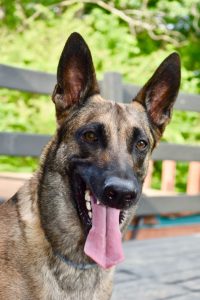 Dogs, including German Shepherds, rely on nonverbal cues to communicate with their owners. Staring is one of the ways they try to convey their needs or desires. Your German Shepherd’s intense gaze may indicate that they want something, such as food, water, a walk, or attention. By maintaining eye contact, they are attempting to capture your attention and communicate their message effectively. Paying attention to their body language and understanding their specific needs can strengthen the bond between you and your German Shepherd.
Dogs, including German Shepherds, rely on nonverbal cues to communicate with their owners. Staring is one of the ways they try to convey their needs or desires. Your German Shepherd’s intense gaze may indicate that they want something, such as food, water, a walk, or attention. By maintaining eye contact, they are attempting to capture your attention and communicate their message effectively. Paying attention to their body language and understanding their specific needs can strengthen the bond between you and your German Shepherd.
Curiosity and Observation
German Shepherds are highly intelligent dogs with an innate curiosity. Their penetrating stare often stems from their keen observation of their surroundings and the people within it. Your German Shepherd may be studying your behavior, attempting to decipher your emotions, or simply taking note of the environment. They are naturally attuned to changes in their surroundings and can sense even the slightest shift in your mood. Through their intense gaze, they are trying to understand and adapt to their surroundings, ensuring your safety and well-being.
Training and Reinforcement
 Sometimes, a German Shepherd’s staring behavior can be reinforced unintentionally through training or unintentional rewards. If you have inadvertently rewarded your dog’s staring behavior in the past, such as by giving in to their demands when they stare at you, they may have learned that staring leads to the desired outcome. It’s important to establish consistent boundaries and reinforce positive behaviors to avoid unintentionally encouraging unwanted behaviors.
Sometimes, a German Shepherd’s staring behavior can be reinforced unintentionally through training or unintentional rewards. If you have inadvertently rewarded your dog’s staring behavior in the past, such as by giving in to their demands when they stare at you, they may have learned that staring leads to the desired outcome. It’s important to establish consistent boundaries and reinforce positive behaviors to avoid unintentionally encouraging unwanted behaviors.
Conclusion
The intense stare of a German Shepherd is a multifaceted behavior driven by their breed characteristics, emotional connection, communication needs, curiosity, and training experiences. Understanding the reasons behind their gaze can strengthen the bond between you and your German Shepherd, leading to a deeper connection based on trust and mutual understanding. Embrace their gaze as a testament to their loyalty, affection, and protective instincts while ensuring that it is balanced with appropriate training and reinforcement for a harmonious relationship with your beloved German Shepherd.
German Shepherd Doberman Mix Puppies
If you’re a dog lover, you may have heard of the German Shepherd Doberman Mix. This unique hybrid breed is a combination of two popular dog breeds – the German Shepherd (which is our bread and butter here at German Shepherd Puppies NC) and the Doberman Pinscher. In this article, we’ll explore the history of this breed and some interesting facts about them.
The German Shepherd Doberman Mix is a relatively new breed, with its origins tracing back to the early 2000s. While the exact origins of this breed are unknown, it is believed that it was first bred in North Carolina. This hybrid breed was created by crossing a purebred German Shepherd (see our puppies page) with a purebred Doberman Pinscher.

The German Shepherd Doberman Mix is a large dog breed that typically weighs between 60 to 100 pounds and stands around 24 to 28 inches tall. They are known for their muscular build, sharp intellect, and protective nature (which comes from the German Shepherd). This breed has a short, sleek coat that comes in a variety of colors, including black, brown, and gray.
One of the most significant characteristics of the German Shepherd Doberman Mix is their loyalty and devotion to their owners. They are incredibly protective of their family and make excellent guard dogs. This breed is also known for being intelligent, making them easy to train and perfect for tasks such as search and rescue, police work, and as service dogs.
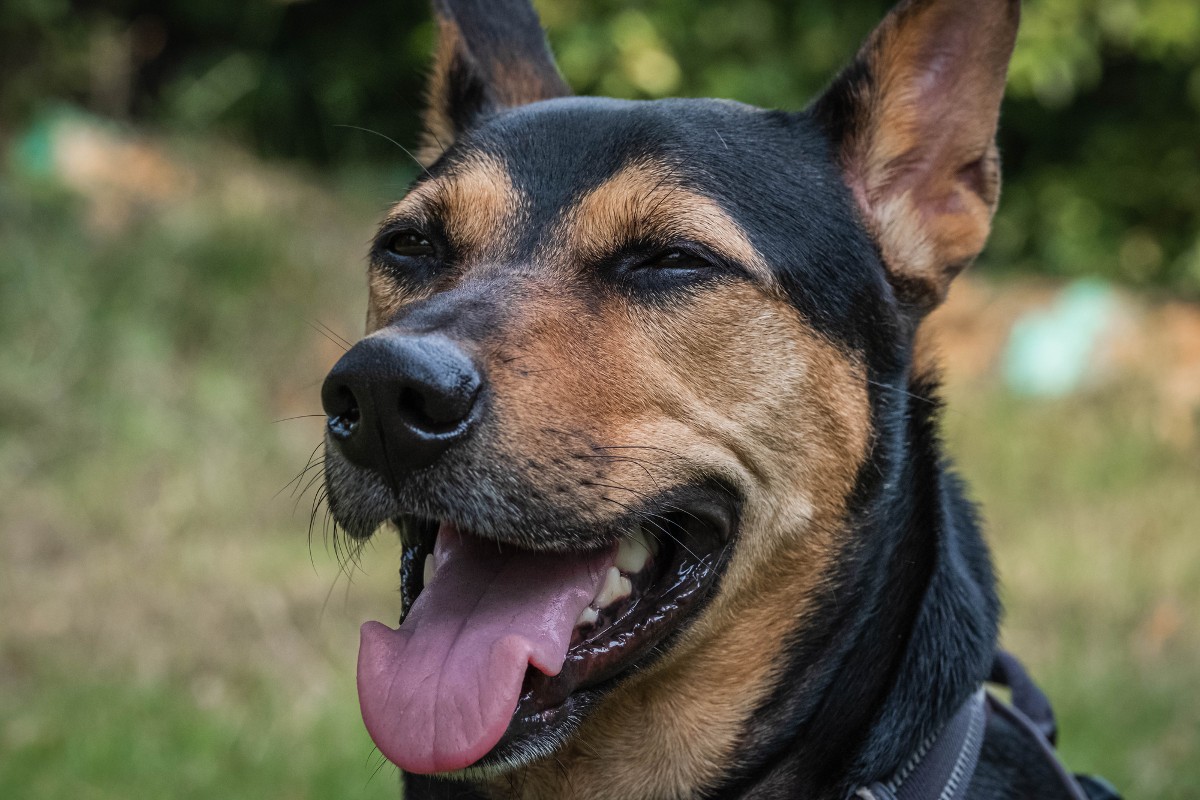
Another interesting fact about the German Shepherd Doberman Mix is that they require a lot of exercise and mental stimulation. This breed needs plenty of outdoor activity, such as running and playing, to keep them healthy and happy. They also require regular training to keep their minds stimulated.
In conclusion, the German Shepherd Doberman Mix is a unique and fascinating breed with a rich history. They are loyal, intelligent, and protective, making them a popular choice for dog lovers. If you’re considering getting a German Shepherd Doberman Mix, make sure you have the time, patience, and resources to provide them with the care they need.
If you’d like to learn more About Us and the gorgeous puppies we have for sale here at German Shepherd Puppies NC, be sure to contact us.
Everything You Ever Wanted To Know About German Shepherds
The German shepherd, a breed renowned for its unwavering loyalty, consistently tops the list of the most beloved dog breeds in America, and it is not hard to understand why. These protective and attentive canines possess a serene and assured demeanor, making them amenable to training and eager to please.
It is no surprise that German shepherds are the second most favored dog breed in America, as they are self-assured, brave, clever, and kind-hearted. These sizable dogs are fiercely devoted and safeguarding of their human counterparts, although they approach strangers with caution. With a rich history as working dogs initially bred for their tenacity and laboriousness, German shepherds have served in a variety of capacities, aiding law enforcement agencies and militaries worldwide. Nevertheless, even if one is not engaged in such high-stakes endeavors, a German shepherd’s unflappable and composed nature still makes them an exceptional companion for active owners who enjoy spending hours together at the dog park or on long hikes.
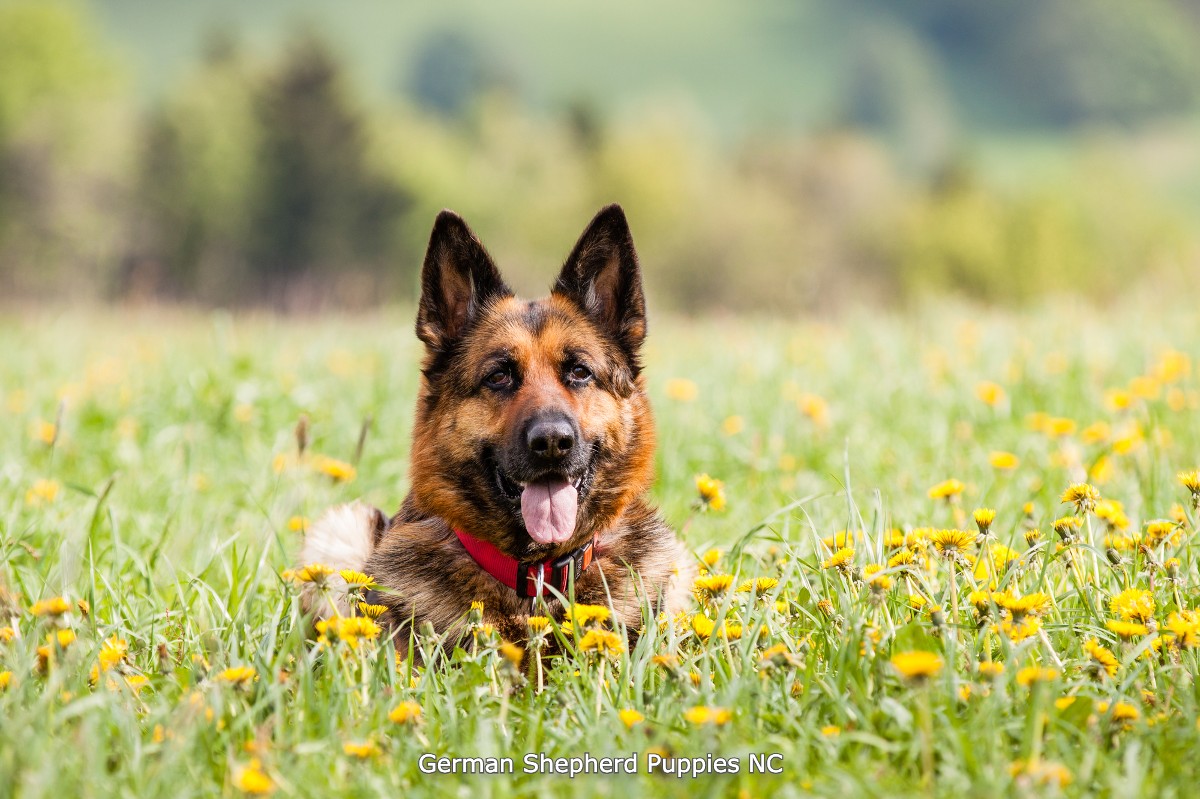
Appearance
Among the most widely recognized breeds in contemporary times, the German shepherd is renowned for striking the perfect balance between power and elegance. Weighing in at a robust 50-90 pounds, these large canines exude a presence that is unmistakable, thanks to their alert yet kind facial expression, complete with perked-up ears and dark, almond-shaped eyes. According to the American Kennel Club, German shepherds boast a “double coat,” consisting of a rough outer layer of hair that works in tandem with a thick, soft undercoat, making them adaptable to a range of climates. However, their luxurious coat means that German shepherds have a proclivity for shedding and necessitates being brushed several times a week, particularly during spring and fall, to keep your dog as well as your abode looking its best.
German shepherds are typically seen with black and tan fur, but the breed also comes in a variety of other colors, such as all-black, black with red, sable, and even the rare white German shepherd, as reported by the AKC.
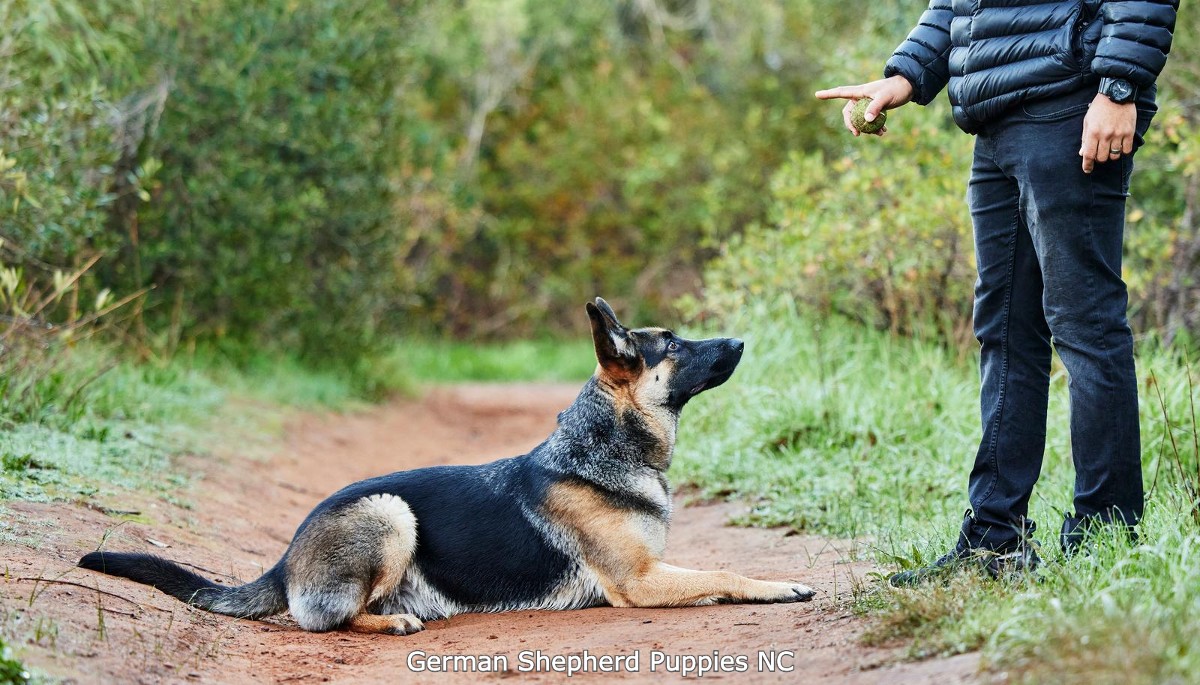
Temperament
The German shepherd is a popular breed due to its brave, intelligent, and gentle nature. As a versatile working dog, they are eager to please and can learn quickly. Although they have the potential to be dominant, with consistent training and obedience sessions, German shepherds can become loyal companions for life.
German Shepherds were originally bred for working purposes and are always ready to perform tasks. However, they can also make wonderful family dogs if their owners can commit to consistent obedience training and at least an hour of vigorous exercise every day. This breed is not suitable for a sedentary lifestyle and requires regular physical activity to maintain their happiness.
Here at German Shepherd Puppies NC, we suggest that owners should provide their German shepherds with at least two hours of exercise every day. This can include going for long walks or runs, or participating in agility training competitions to satisfy their herding instincts. Despite their serious appearance, German shepherds are playful dogs that enjoy spending quality time with their owners. They are known as Velcro dogs and tend to stick close to their owners, so they should not be left alone for extended periods of time to avoid developing separation anxiety, which can lead to destructive behavior.
It’s important to socialize your German shepherd properly from a young age like with any breed. According to the AKC, a well-adjusted German shepherd will be patient and gentle. While German shepherds are not aggressive by nature, they are very protective of their people due to their guarding tendencies. They make natural watch dogs and will protect their territory, alerting you to intruders. German shepherds are known to be gentle with children and other pets, including cats, especially when introduced as a puppy. However, it’s crucial to teach children how to properly interact with dogs. The German Shepherd Dog Club of America advises that tugging on their tail or pinching their ear painfully should always be discouraged, even if your pup appears to tolerate it.
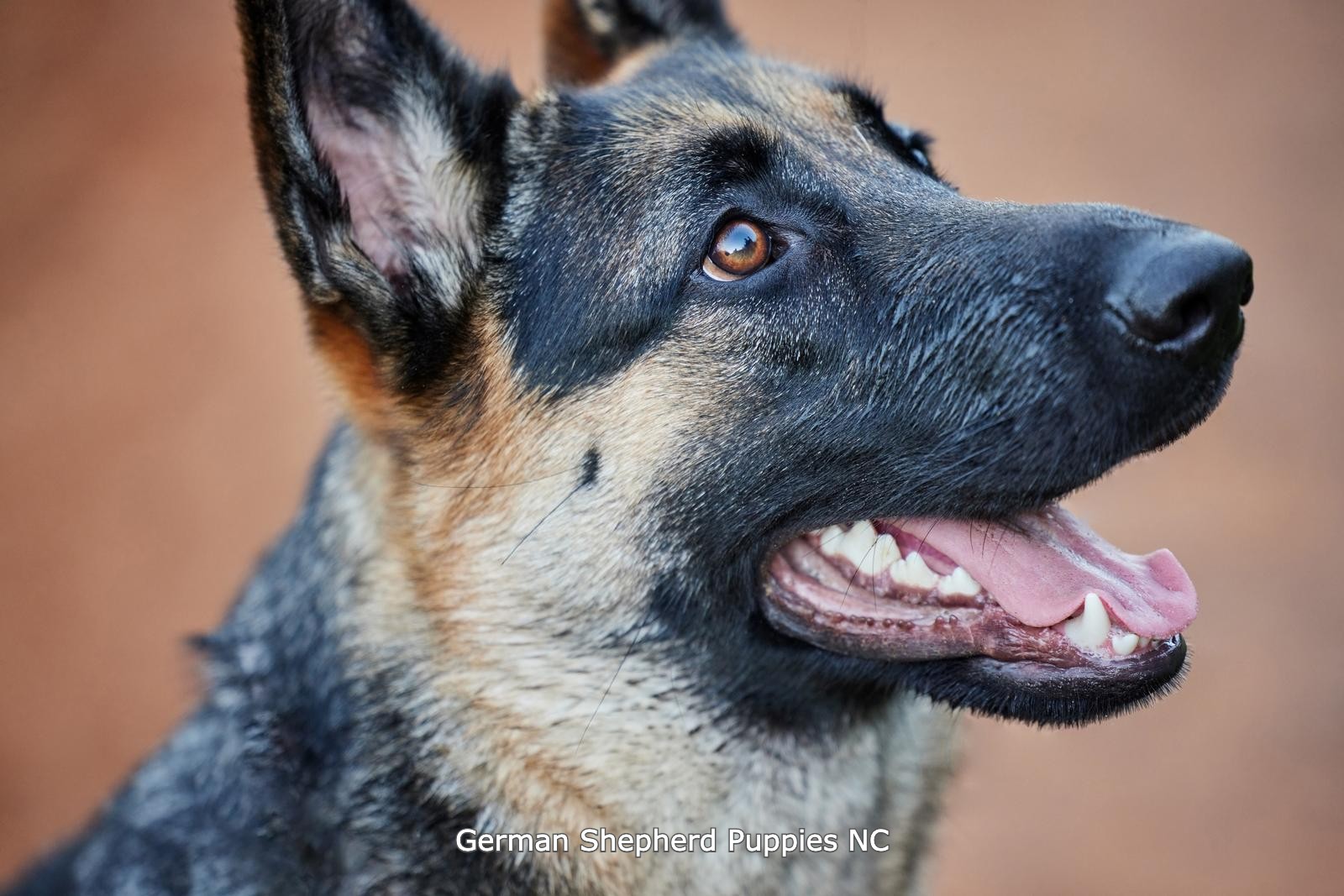
Living Needs
Although German shepherds were originally bred for demanding jobs that required long hours of work, such as serving in the military or as K-9 units, they have become just as much a family dog as they are a working breed. Despite their versatility, the German shepherd’s large size and high energy make them better suited for living in a house with a physically fenced-in yard. However, they can also adapt to apartment living as long as they receive adequate daily exercise. While they can coexist with other pets in the household, proper training and introduction are crucial, and German shepherds often prefer being the only dog in the home.
German shepherds are known for their loyalty and protective nature towards their owners. However, due to their size, energy level, and strength, they may not be suitable for everyone. Some people choose this breed solely for their protective instincts without realizing that German shepherds require a high degree of control and training for good behavior. If not properly trained, they can become a legal and financial liability. To ensure a well-behaved German shepherd, owners should dedicate time to obedience training and provide at least an hour of exercise per day. If you frequently need to leave your dog at home alone for long periods of time, this breed may not be the best fit for your lifestyle.
To ensure the happiness of a German shepherd, it’s best to find an active owner who wants a loyal companion and enjoys spending time outside, as they make great trail buddies. Before committing to any dog, it’s essential to consider your lifestyle, but it’s a good idea to talk to a German shepherd breeder or rescue group to ensure that this breed is a good fit for your lifestyle and expectations.
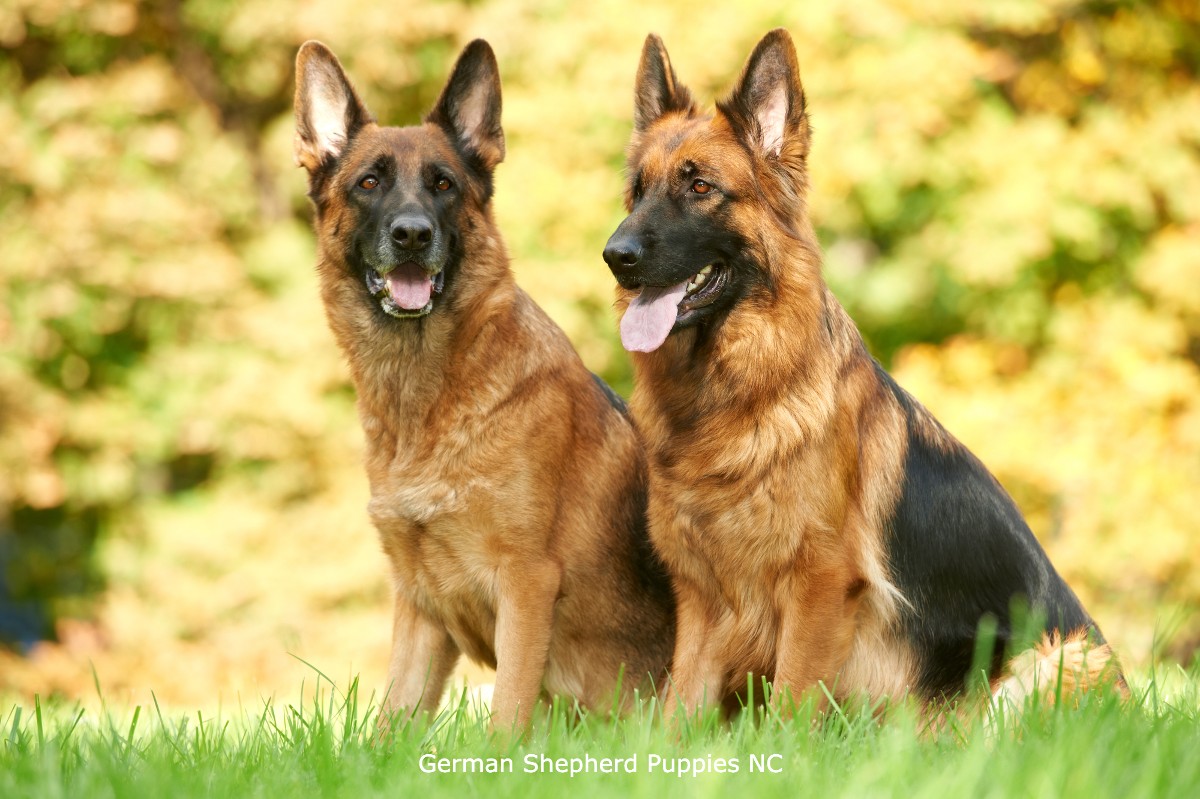
Care
German shepherds have a dense, double-layered coat that needs to be brushed weekly to manage shedding, says the AKC. During the spring and fall shedding season, it’s recommended to brush them once or twice daily to keep up with the shedding. As long as they don’t get into something unpleasant or muddy, German shepherds usually don’t require frequent baths since most dirt and debris can be removed with a brush.
Brushing your German shepherd’s coat regularly not only helps with shedding, but it also allows you to check their overall health. During brushing, you can check for a healthy coat sheen, inspect their nails, and ensure their ears and teeth are in good condition. While some German shepherds’ nails may be naturally worn down through activity, if you hear them tapping on the floor, it’s likely time for a trim.
To keep your German shepherd happy and healthy, it’s important to provide them with mental stimulation and plenty of exercise on a daily basis, given their high energy levels and intelligence. Additionally, it’s crucial to start socializing and training your German shepherd at a young age due to their protective nature. Consistent and positive reinforcement training can help mold your pup into a well-behaved adult dog. It’s important to understand that dog training is a continuous process that extends beyond group classes, and that the structure of day-to-day interactions with your dog is key to their behavior. Dogs are part of the family and should abide by the same rules established from the day they come home.
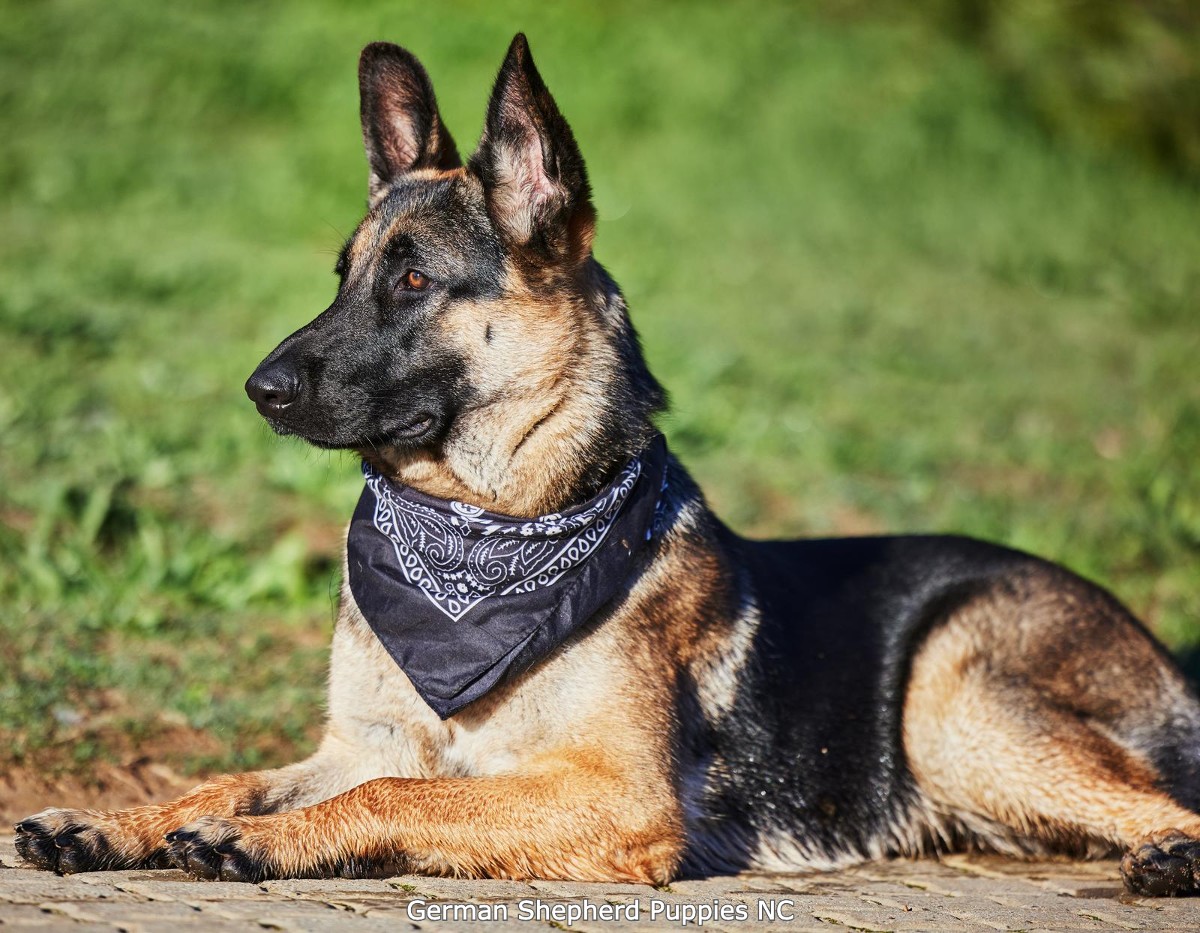
Health
The German shepherd is known as a healthy breed with an average lifespan of 7 to 10 years. However, like any breed, German shepherds are prone to certain health issues. The German Shepherd Dog Club of America, which is the official breed club, highly recommends that breeders test for conditions such as elbow dysplasia, hip dysplasia, and degenerative myelopathy. Degenerative myelopathy is a neurological disease that is similar to multiple sclerosis in humans. In addition to these tests, German shepherds should also undergo regular temperament tests and annual heart exams to maintain their overall health and well-being.
German shepherds are known to be susceptible to certain health issues such as epilepsy, vision problems, bleeding disorders, immune-mediated diseases, hemangiosarcoma, and exocrine pancreatic insufficiency. However, not all German shepherds will develop these conditions, so it’s important to be aware of them when considering this breed. It’s recommended to obtain dogs from reputable breeders who can provide information about the dog’s parents and siblings, and for those adopting, to request all available health history from the rescue.
German shepherds are at risk for developing bloat, a life-threatening condition that is more common in larger breeds. Bloat occurs when the stomach fills with gas and twists on itself, cutting off blood flow and oxygen to the organs. Symptoms of bloat include restlessness, vomiting, a distended abdomen, and weakness. If you suspect your German shepherd is suffering from bloat, seek emergency veterinary care immediately.
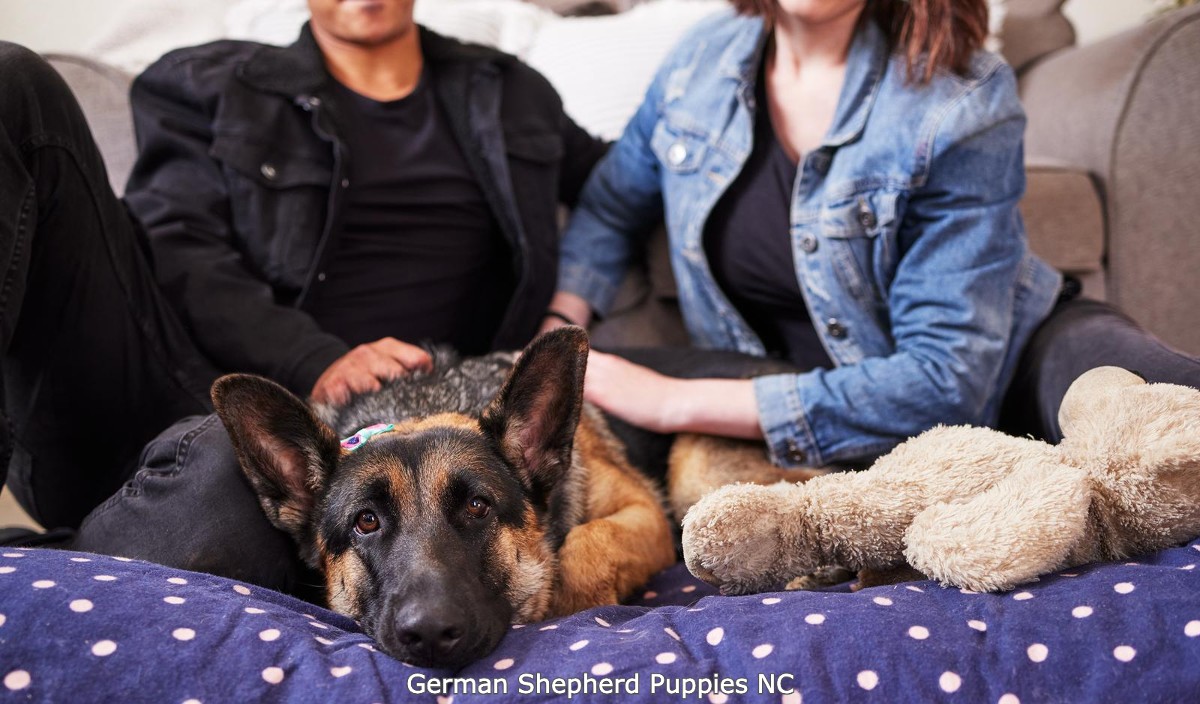
History
The German shepherd is a well-known and easily recognizable breed, with origins in Germany dating back to the late 1800s. Captain Max von Stephanitz, a German cavalry officer, is credited with creating the breed by breeding a “wolflike dog” with excellent herding skills and natural obedience. Initially, the German shepherd was bred as a working dog for herding, but von Stephanitz eventually shifted his focus to breeding a breed that was more suitable for military and police work. German shepherds have since become popular among police and military forces worldwide, and many served as messengers, search and rescue dogs, supply carriers, and sentries during both world wars.
German shepherds were first brought to the United States in the early 1900s, and their popularity surged after World War I when returning soldiers brought them home. However, in 1917, due to anti-German sentiment, the AKC officially changed the breed’s name to “shepherd dog” and in England, the breed was renamed “Alsatian Wolf Dog”. The AKC didn’t revert to the original breed name until 1931. After World War II, a rift formed between American-bred and German-bred German shepherds, with American breeders focusing more on appearance rather than working abilities, resulting in the iconic sloped back that is commonly associated with the breed today.
No matter their lineage, German shepherds are intelligent and determined dogs that enjoy having a task to accomplish. Their gentle temperament and protective instincts also make them a popular choice as a family pet.
Top 10 Most Popular Dog Breeds in America
Here at German Shepherd Puppies NC, we’ve been helping families find the perfect pup for them for over 30 years now. Over the years we’ve been asked multiple times which dog breeds are the most popular. Here’s what we’ve learned.

Learn why German Shepherds are the #1 rated dog breed in the United States
Dogs have been man’s best friend for centuries. They are loyal, loving, and can provide companionship like no other. It’s no wonder that so many people choose to bring a dog into their home. But with so many breeds to choose from, it can be overwhelming to decide which one is the right fit. This article will cover the top 10 most popular dog breeds in the United States.
- German Shepherd
The German Shepherd has been the most popular dog breed in the United States for over 30 years. They were originally bred in Germany in the late 1800s as working dogs for herding and guarding livestock. German Shepherds are known for their loyalty and courage, and they are highly intelligent and trainable. They are often used in law enforcement and the military, but they also make great family pets. See the German Shepherd puppies we have available right now. - Labrador Retriever
The Labrador Retriever is the second most popular dog breed in the United States. They are a versatile breed that can adapt to a variety of living situations, from city apartments to rural farms. Originally from Newfoundland, Canada, they were bred to retrieve fish and game. Labradors are known for their friendly and outgoing personality, and they make excellent family pets. - Golden Retriever
Golden Retrievers are known for their friendly and gentle nature, and they are often used as therapy dogs. Originally bred in Scotland, they were used for hunting and retrieving game. They are highly intelligent and trainable, and they make excellent family pets. - Bulldog
The Bulldog is a medium-sized breed that is known for its wrinkled face and muscular body. They were originally bred for bull-baiting, but their aggressive tendencies were bred out of them over time. Bulldogs are now known for their friendly and docile personality, and they make great family pets. - Poodle
Poodles are a highly intelligent and trainable breed that comes in three different sizes: standard, miniature, and toy. They were originally bred in Germany as water retrievers. Poodles are known for their hypoallergenic coat and are often used as therapy dogs. They make great family pets and are great for people with allergies. - Beagle
Beagles are a small breed that was originally bred for hunting. They are known for their friendly and playful personality and make great family pets. Beagles are highly energetic and require plenty of exercise. - Yorkshire Terrier
The Yorkshire Terrier, or “Yorkie,” is a small breed that is known for its long, silky coat. They were originally bred in England as a companion dog. Yorkies are highly intelligent and trainable, and they make great family pets for people living in apartments. - Dachshund
Dachshunds, or “wiener dogs,” are a small breed that is known for its long body and short legs. They were originally bred in Germany for hunting badgers. Dachshunds are highly intelligent and trainable, but they can be stubborn at times. They make great family pets and are often used as therapy dogs. - Boxer
Boxers are a medium-sized breed that is known for its muscular body and playful personality. They were originally bred in Germany as guard dogs. Boxers are highly energetic and require plenty of exercise, but they are also highly trainable and make great family pets. - Rottweiler
Rottweilers are a large breed that is known for its loyalty and protectiveness. They were originally bred in Germany as a herding dog. Rottweilers require plenty of exercise and socialization, but they are highly trainable and make great family pets for people who have experience with large breeds.
In conclusion, choosing the right dog breed for your lifestyle and personality is important. We hope our Top 10 Most Popular Dog Breeds article was helpful and if you would like to get your own German Shepherd puppy, be sure to contact us.
- ‹ Previous
- 1
- 2
- 3
- 4


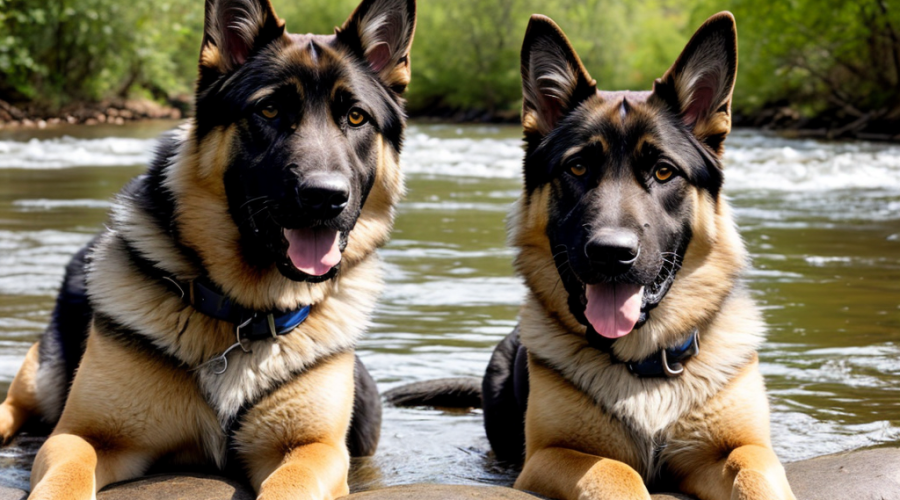
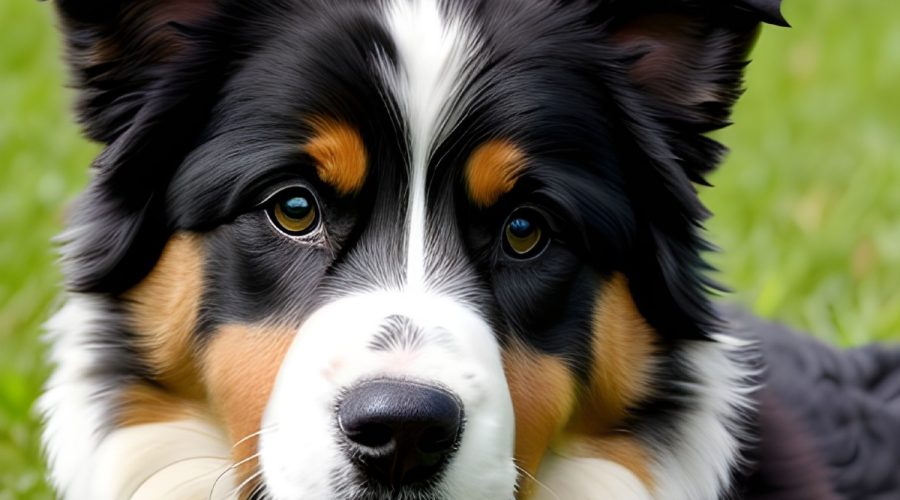
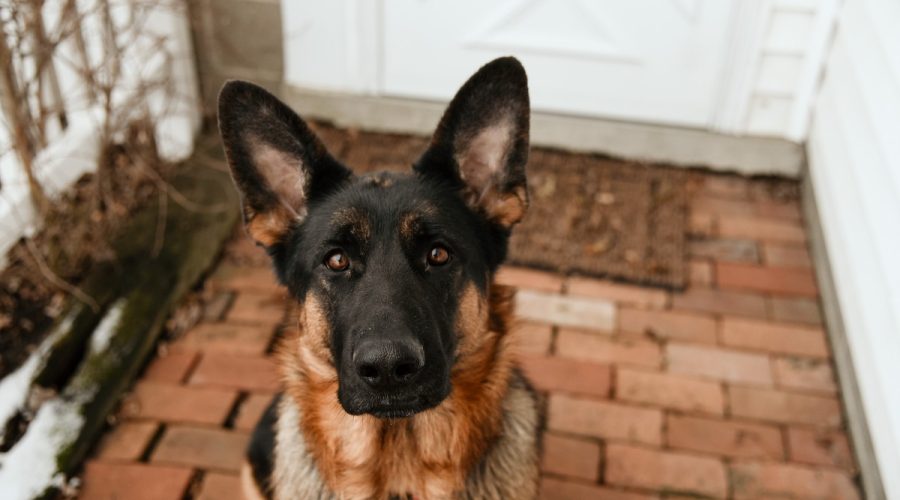
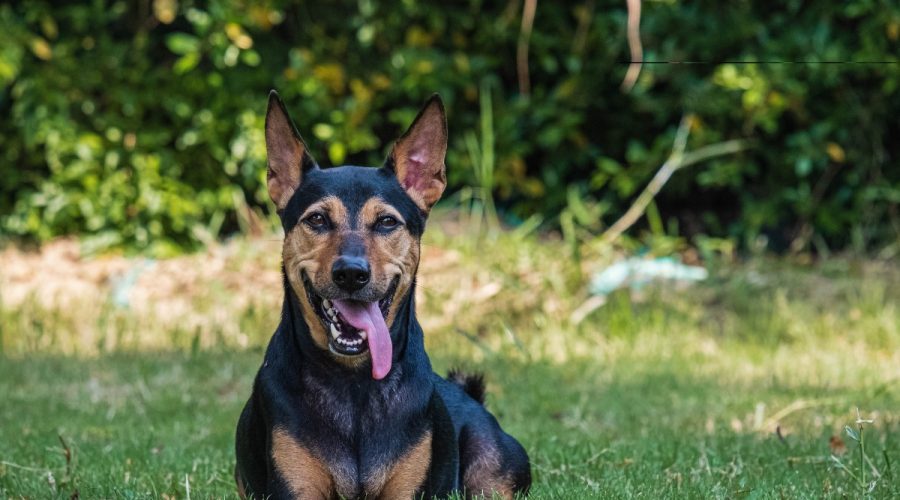
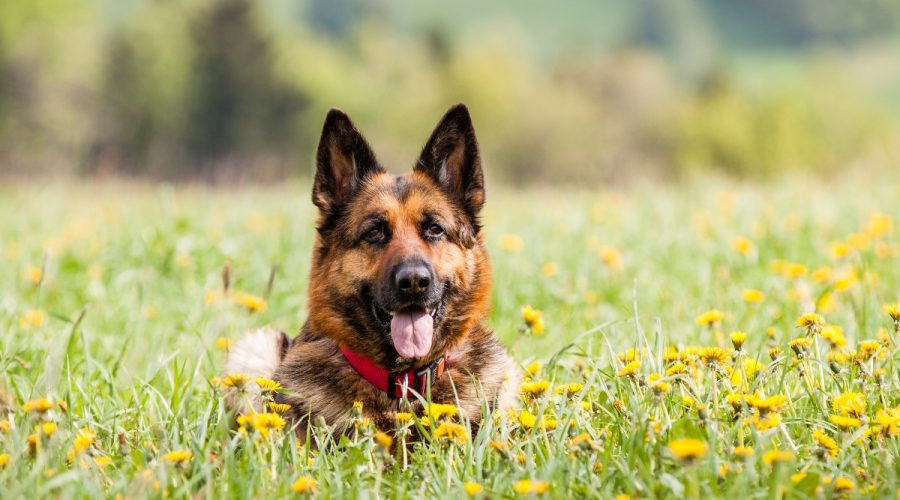
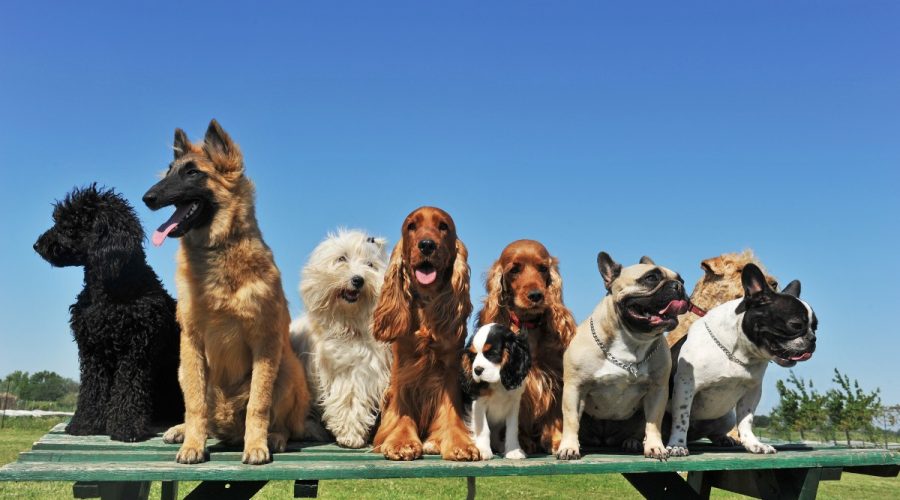


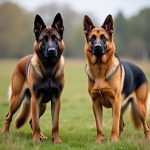


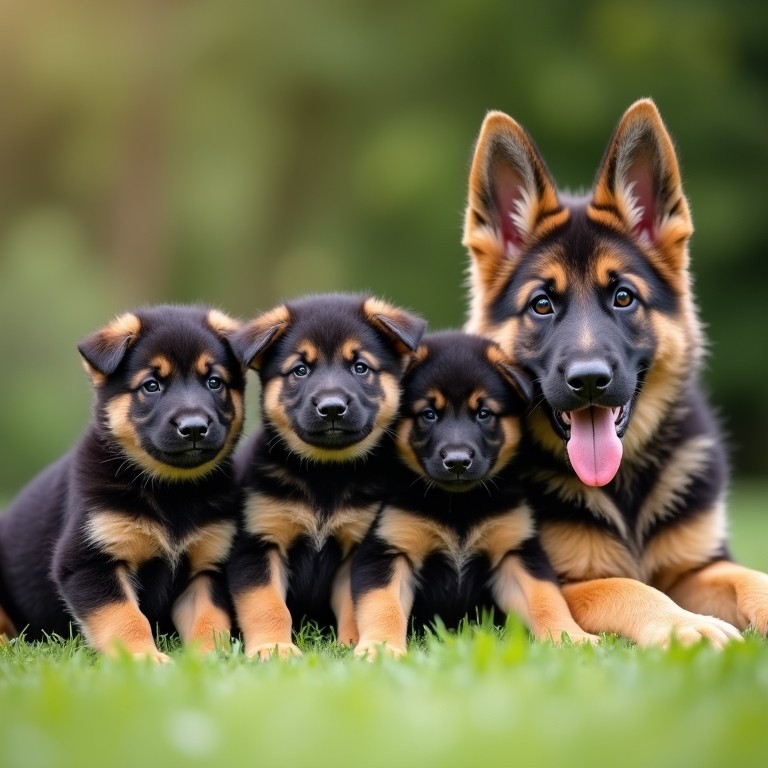
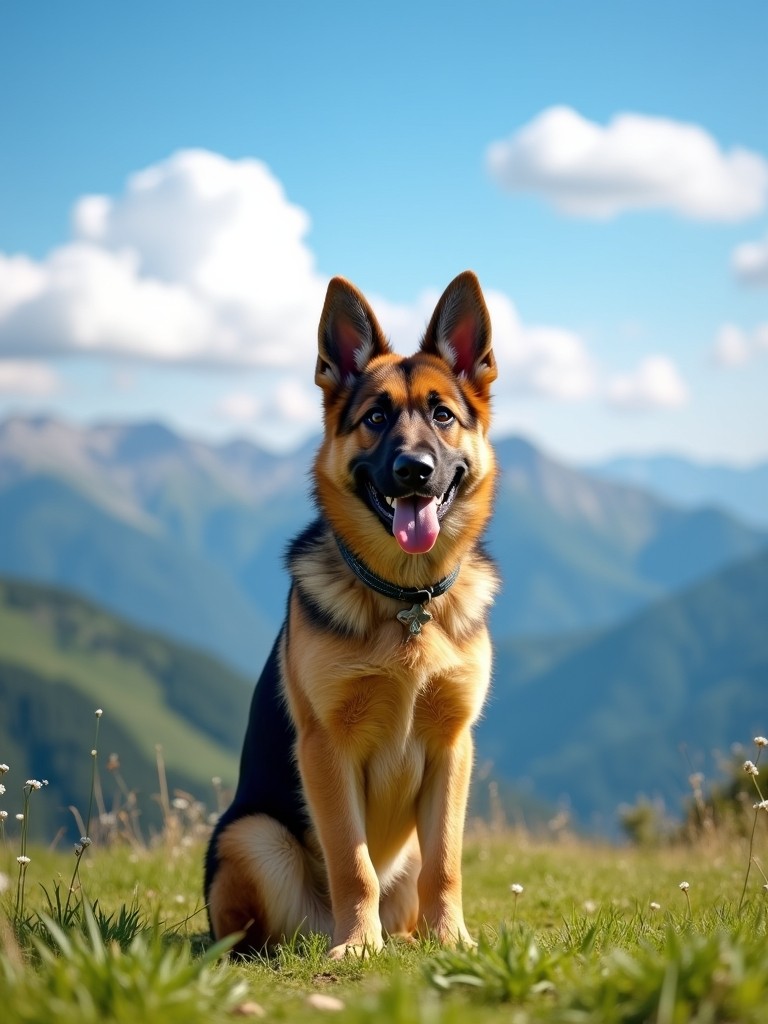
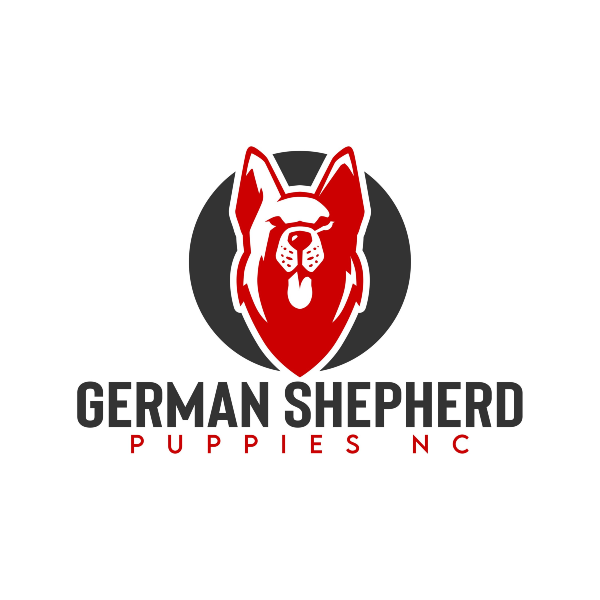


Our Social Media Channels